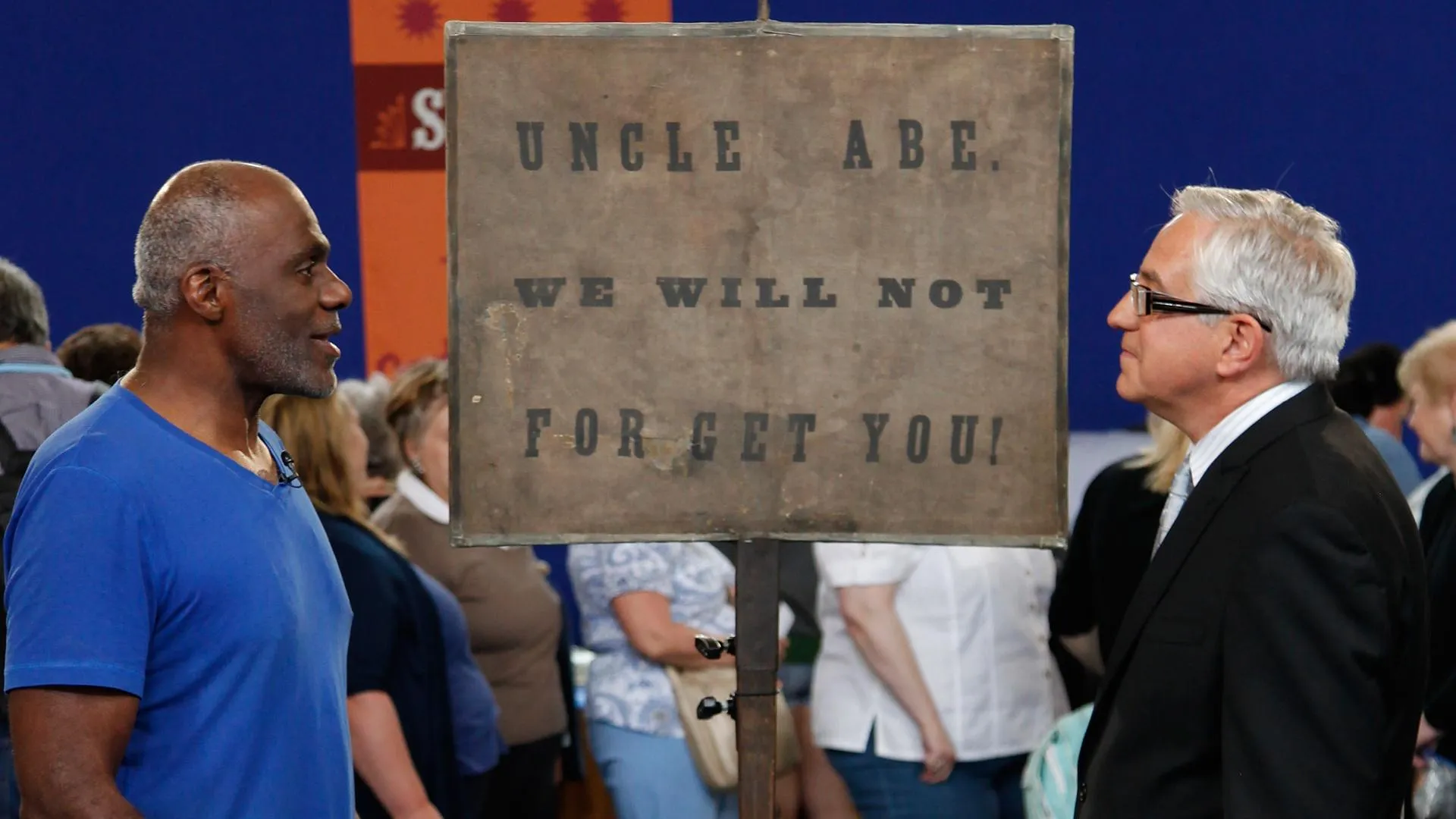GUEST: This is a wooden carved clock that belonged to my father. He got it in the 1970s. And the story, as I understand it, is the family that owned it before World War II lived in Germany.
APPRAISER: Okay.
GUEST: And metal clocks were being melted down for the war effort, and the family loved this clock so much, they donated it to a hospital to basically hide it. It survived the war. The family was able to reclaim it. And they then emigrated to the United States, ended up in California. My father knew one of the grandsons, so when his parents or grandparents passed away, the grandson contacted my father, and he ended up buying it.
APPRAISER: Do you know how much he paid for it?
GUEST: I have no idea.
APPRAISER: It is indeed German. It's from a region called the Black Forest, in Southern Germany. Dates to about circa 1890, so the latter part of the 19th century.
GUEST: Oh, wow.
APPRAISER: It's a wonderful big and tall example of it. My favorite part of it is this red deer. That's wonderful on the ground, with the horns. They're separately made, and made of horn. There's not a marking of any kind, so we know it's from that region, but we're not sure exactly who made it. Similar examples have sold recently at auction between $3,000 and $5,000.
GUEST: Really?
APPRAISER: Absolutely. (laughs)
GUEST: I'm sure... I think my father would be thrilled with that amount, I'm sure of it.
APPRAISER: Insurance value is more of a retail replacement value rather than an auction value. So I would say it's on the high end, maybe $5,000, $6,000.
GUEST: Okay, great. My father absolutely loved this clock. He loved it.










